Orvieto
The facade of the Cathedral Basilica of S. Maria Assunta, built from the XIII to the XVI century, is characterized by bas-reliefs which illustrate the history of Man from Creation to Judgment. Among the artists who worked there: Lorenzo Maitani, Nino and Andrea Pisano. In the upper part of the facade stands the Orcagna’s rose window. Inside, the Brizio Chapel, whose frescoes were painted by Beato Angelico, Benozzo Gozzoli and Luca Signorelli, and the Corporal Chapel painted in the mid-fourteenth century by Ugolino di Prete Ilario.
MODO (Museo dell'Opera del Duomo di Orvieto) includes the rooms of the Papal Palaces with the gallery of frescoes, a collection of paintings and sculptures (Simone Martini, Ippolito Scalza, Cesare Nebbia and Arnolfo di Cambio), the room of the sinopias , the Albèri Library. The Claudio Faina Museum shows one of the major Italian archaeological collections with Greek, Roman and Etruscan finds. The ancient refectory of the Abbey of Santi Severo e Martirio preserves a fresco from the last quarter of the XIII century depicting the Crucifix with some saints.
21406_4860.jpg
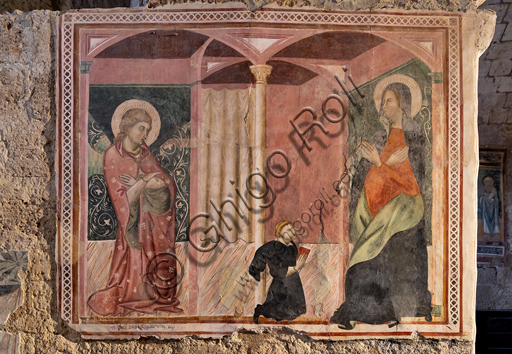
Orvieto, Badia (Abbey of St. Severo e Martirio), oratory o...
21406_4853.jpg
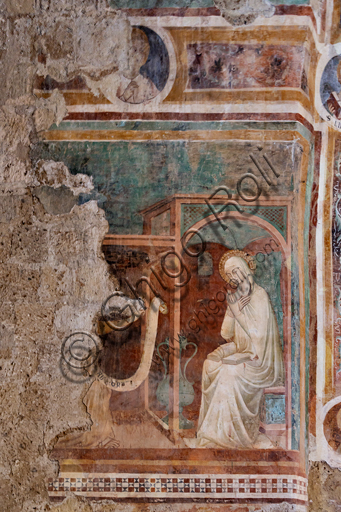
Orvieto, Badia (Abbey of St. Severo e Martirio), oratory o...
21406_4849.jpg
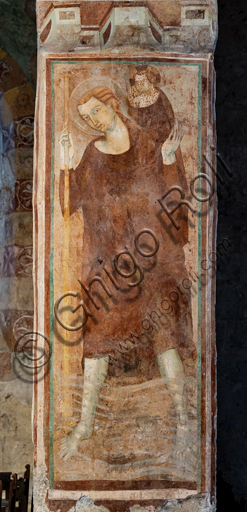
Orvieto, Badia (Abbey of St. Severo e Martirio), oratory o...
21406_4846.jpg
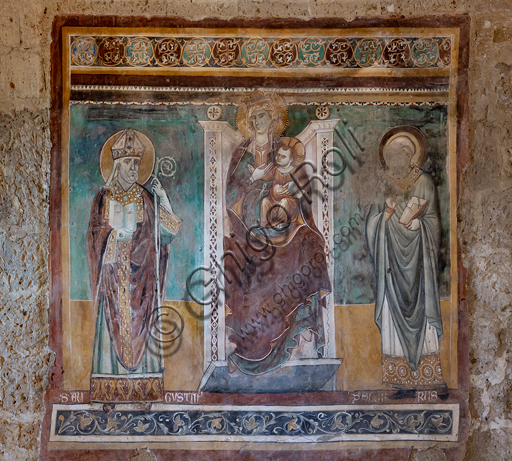
Orvieto, Badia (Abbey of St. Severo e Martirio), oratory o...
21406_4838.jpg
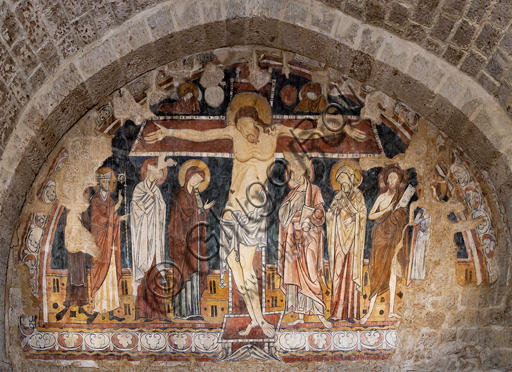
Orvieto, Badia (Abbey of St. Severo e Martirio), oratory o...
21406_4829-34-1.jpg
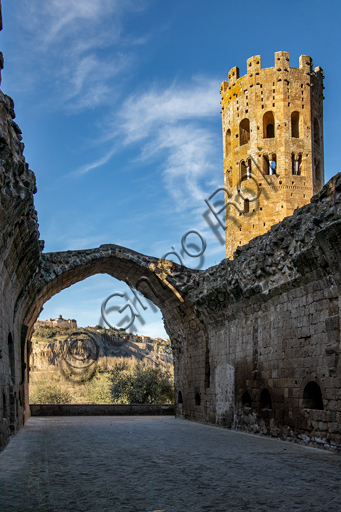
Orvieto, Badia (Abbey of St. Severo and Martirio): view of...
21406_4827.jpg
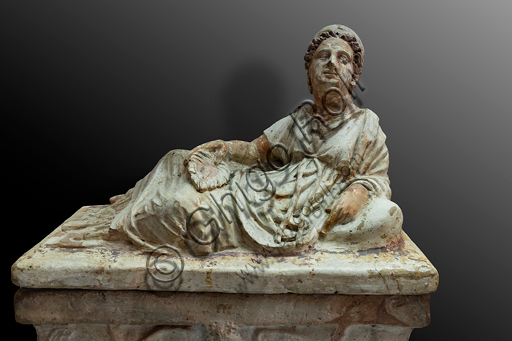
Orvieto, Museum Faina: earthenware urn.
21406_4816.jpg
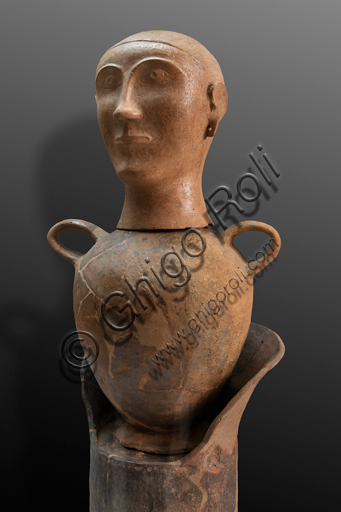
Orvieto, Museum Faina: Canopic urn (first half of the VI ce...
21406_4812.jpg
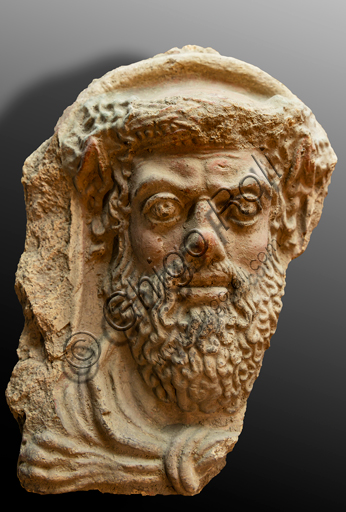
Orvieto, Museum Faina: Head of Heracles.
21406_4804.jpg
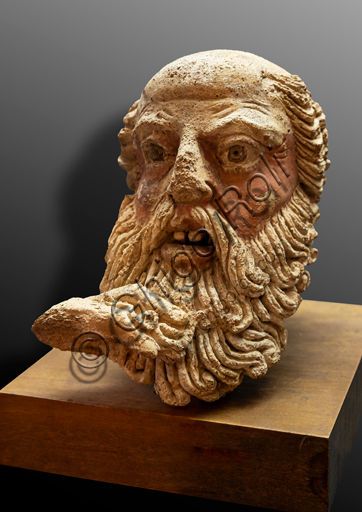
Orvieto, Museum Faina: Head of Old Man (end V century B.C)
21406_4798.jpg
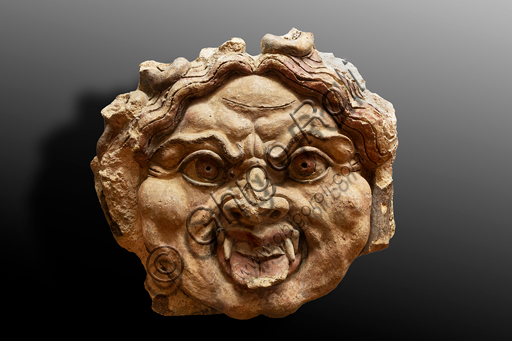
Orvieto, Museum Faina: Gorgoneion.
21406_4794.jpg
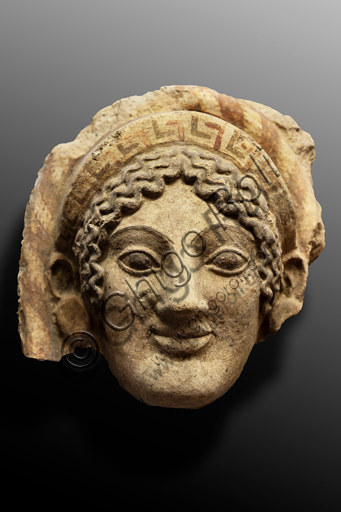
Orvieto, Museum Faina: antefix of the sacred area of Cannic...
21406_4791.jpg
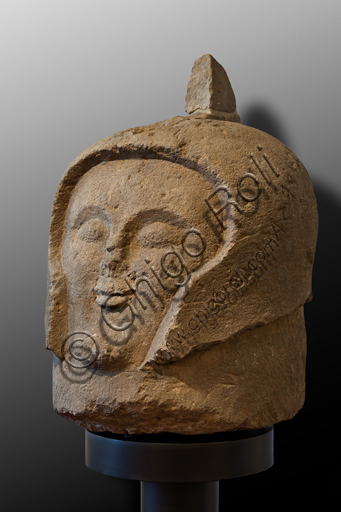
Orvieto, Museum Faina: Cippo in the shape of a warrior's he...
21406_4786.jpg
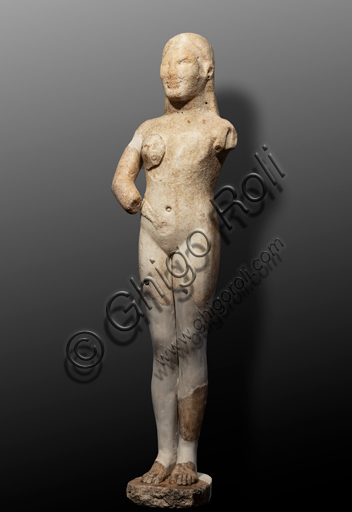
Orvieto, Museum Faina: Venus of Cannicella, Etruscan marble...
21406_4778.jpg
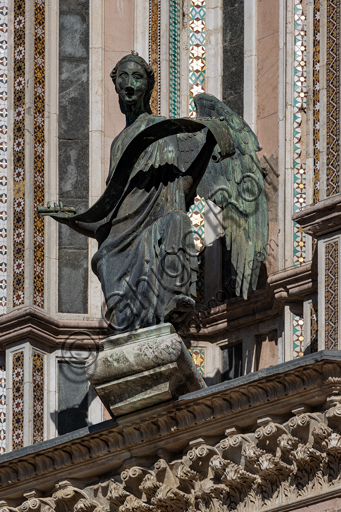
Orvieto, Basilica Cathedral of S. Maria Assunta (or Duomo),...
21406_4774.jpg
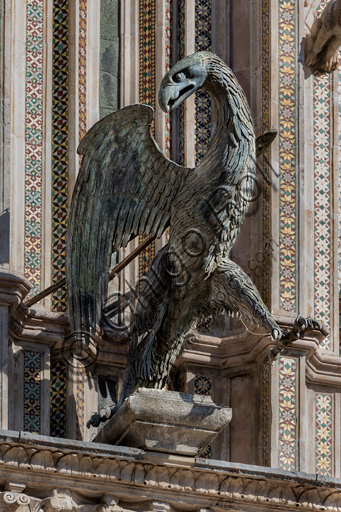
Orvieto, Basilica Cathedral of S. Maria Assunta (or Duomo),...
21406_4766.jpg
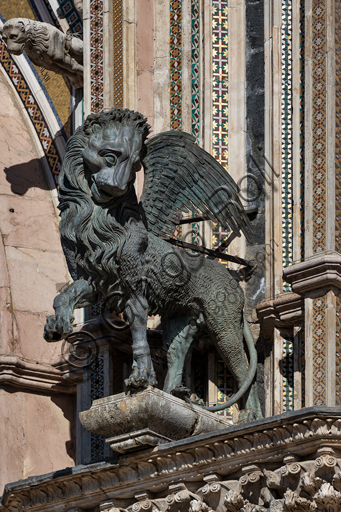
Orvieto, Basilica Cathedral of S. Maria Assunta (or Duomo),...
21406_4765.jpg
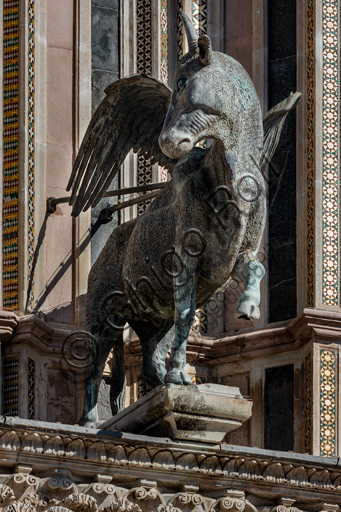
Orvieto, Basilica Cathedral of S. Maria Assunta (or Duomo),...
21406_4754.jpg
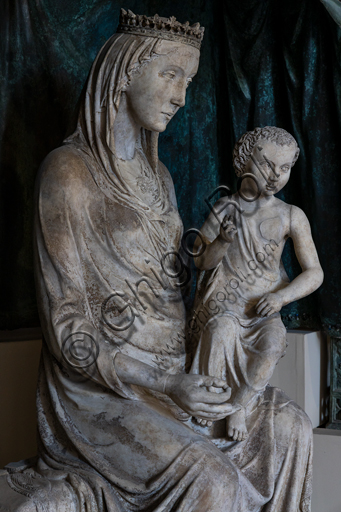
Orvieto, MODO (Museum of the Opera of the Duomo of Orvieto...
21406_4752.jpg
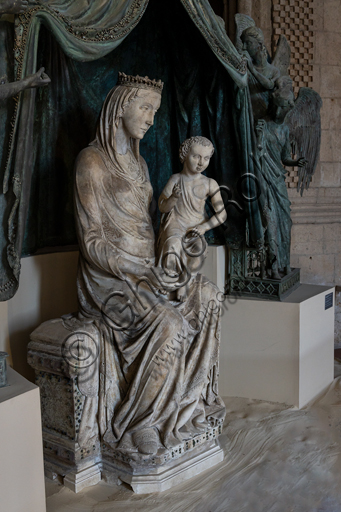
Orvieto, MODO (Museum of the Opera of the Duomo of Orvieto...
21406_4746.jpg
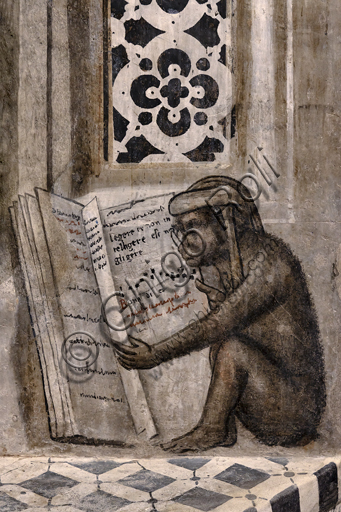
“The monkey with glasses that reads”. Orvieto, MODO (Museum...
21406_4741.jpg
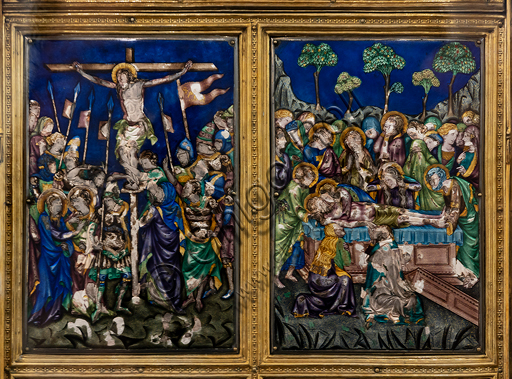
Orvieto, MODO (Museum of the Opera of the Duomo of Orvieto...
21406_4735.jpg
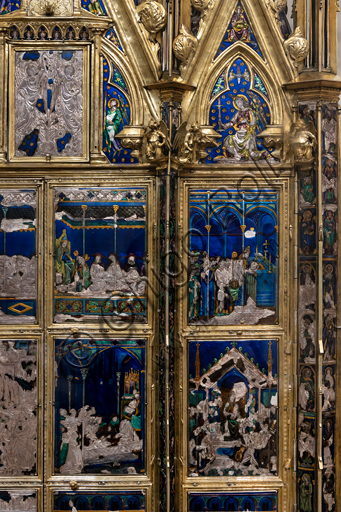
Orvieto, MODO (Museum of the Opera of the Duomo of Orvieto...
21406_4731.jpg
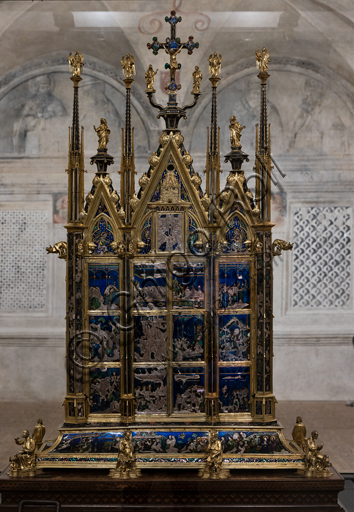
Orvieto, MODO (Museum of the Opera of the Duomo of Orvieto...
21406_4728.jpg
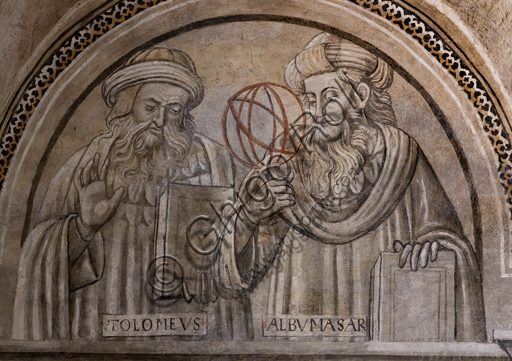
“Portraits of Abu Maʿshar (Albumasar) and Ptolemy”. Orvieto...
21406_4725.jpg
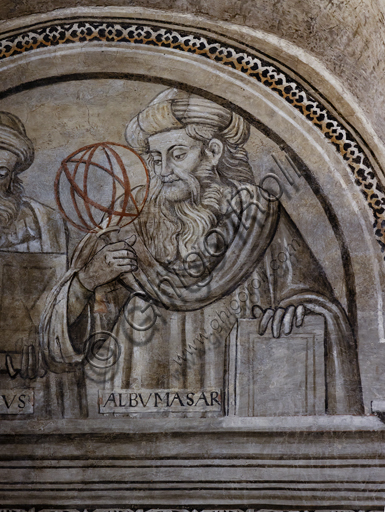
“Portrait of Abu Maʿshar (Albumasar)”. Orvieto, MODO (Museu...
21406_4722.jpg
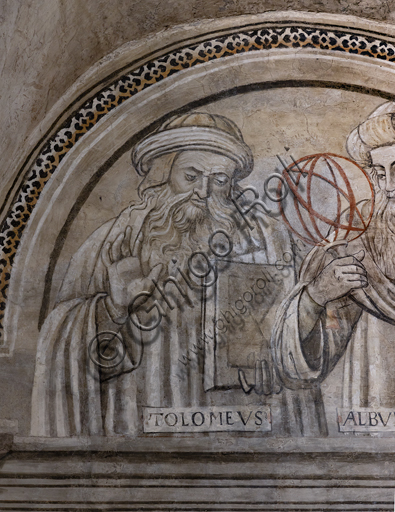
“Portrait of Ptolemy”. Orvieto, MODO (Museum of the Opera o...
21406_4719.jpg
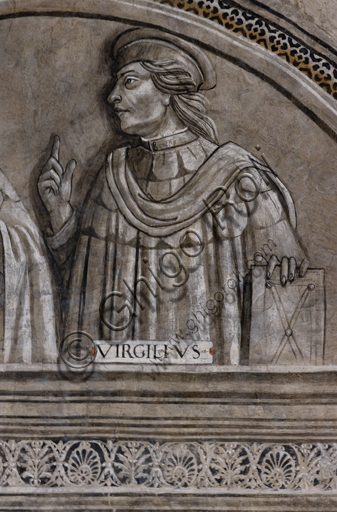
“Portrait of Virgil”. Orvieto, MODO (Museum of the Opera of...
21406_4716.jpg
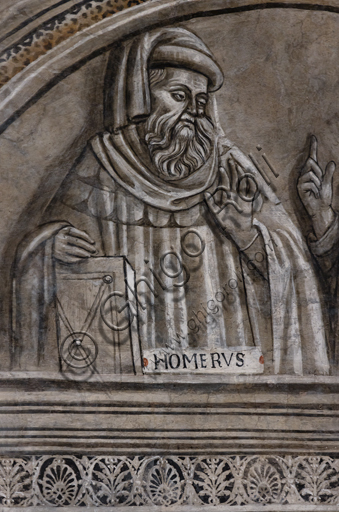
“Portrait of Homer”. Orvieto, MODO (Museum of the Opera of...
21406_4711.jpg
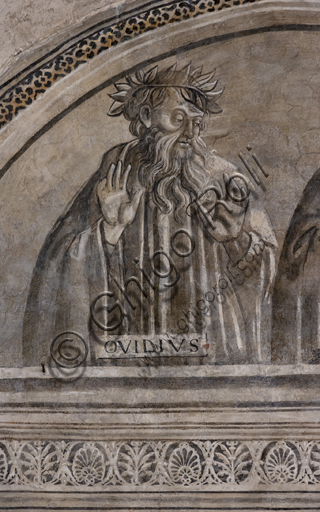
“Portrait of Ovid”. Orvieto, MODO (Museum of the Opera of t...
21406_4709.jpg
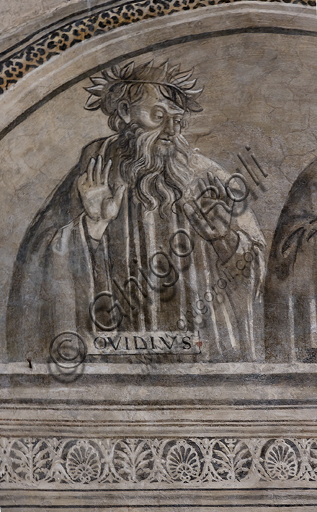
“Portrait of Ovid”. Orvieto, MODO (Museum of the Opera of t...
21406_4708.jpg
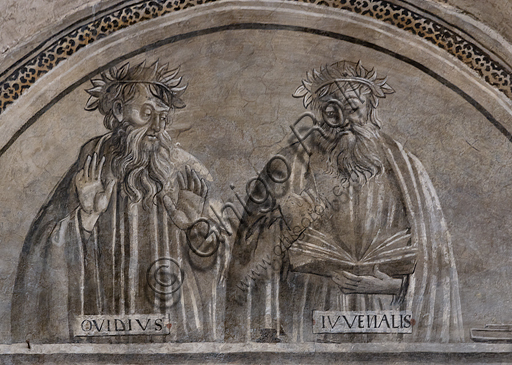
“Portraits of Ovid and Juvenal”.Orvieto, MODO (Museum of th...
21406_4704.jpg
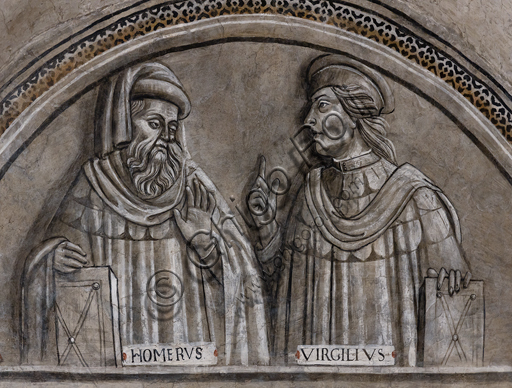
“Portraits of Homer and Virgil”.Orvieto, MODO (Museum of th...
21406_4695.jpg
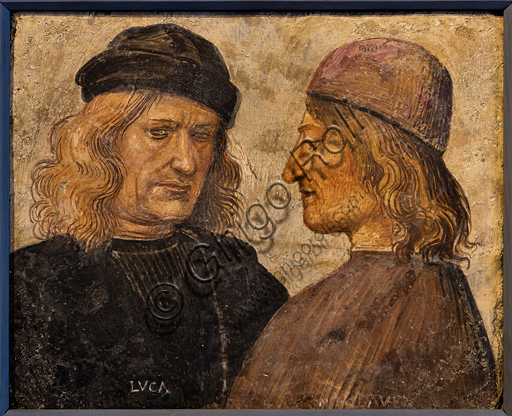
Orvieto, MODO (Museum of the Opera of the Duomo of Orvieto...
21406_4690.jpg
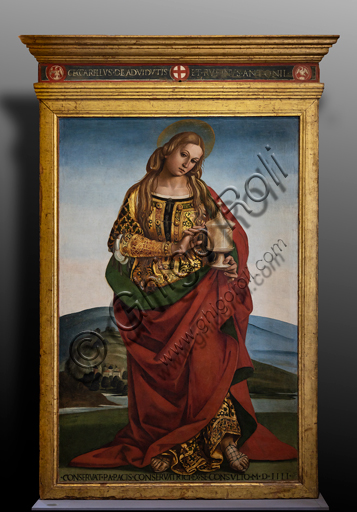
Orvieto, MODO (Museum of the Opera of the Duomo of Orvieto...
21406_4683.jpg
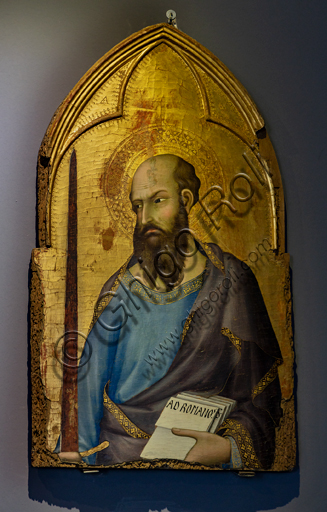
Orvieto, MODO (Museum of the Opera of the Duomo of Orvieto...
21406_4678.jpg
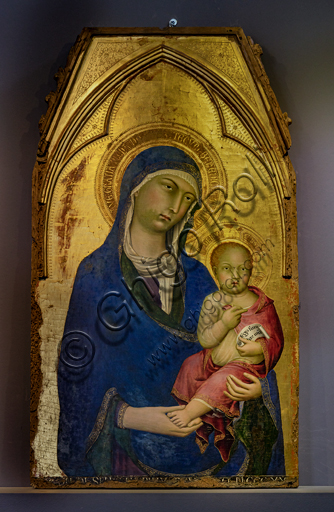
Orvieto, MODO (Museum of the Opera of the Duomo of Orvieto...
21406_4677.jpg
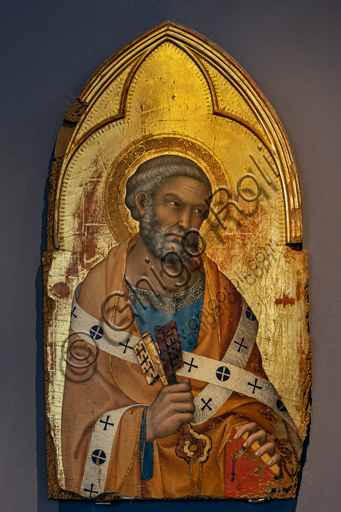
Orvieto, MODO (Museum of the Opera of the Duomo of Orvieto...
21406_4673.jpg
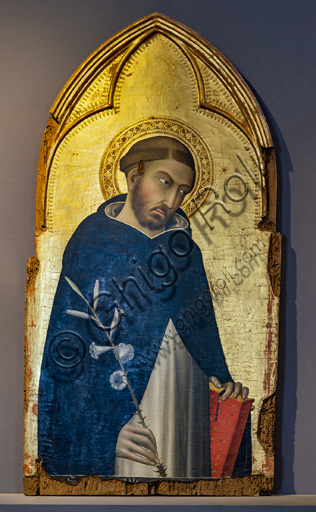
Orvieto, MODO (Museum of the Opera of the Duomo of Orvieto...
21406_4668.jpg
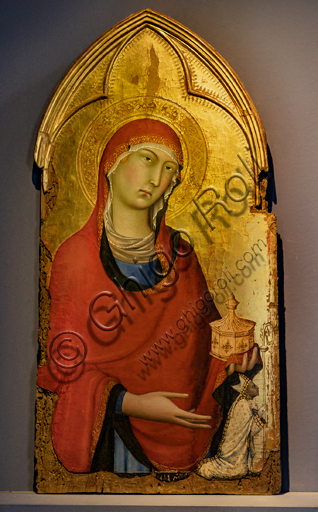
Orvieto, MODO (Museum of the Opera of the Duomo of Orvieto...
21406_4665.jpg
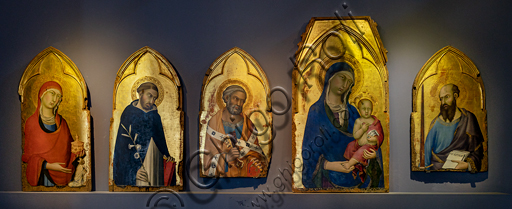
Orvieto, MODO (Museum of the Opera of the Duomo of Orvieto...
21406_4663.jpg
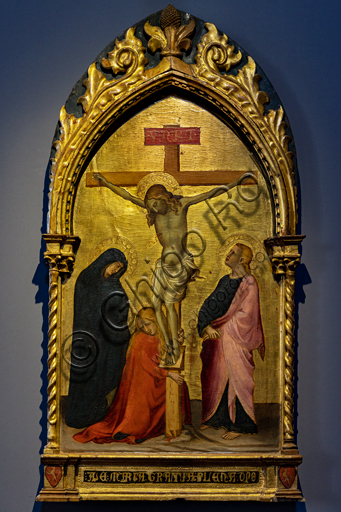
Orvieto, MODO (Museum of the Opera of the Duomo of Orvieto...
21406_4658.jpg
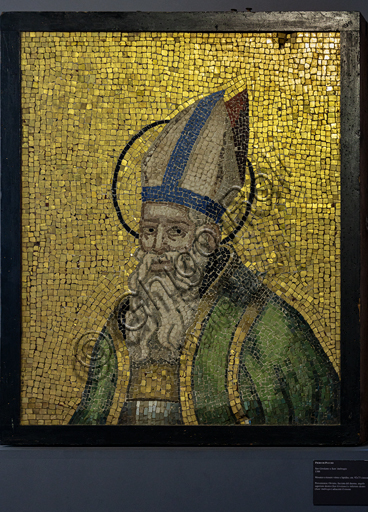
Orvieto, MODO (Museum of the Opera of the Duomo of Orvieto...
21406_4654.jpg
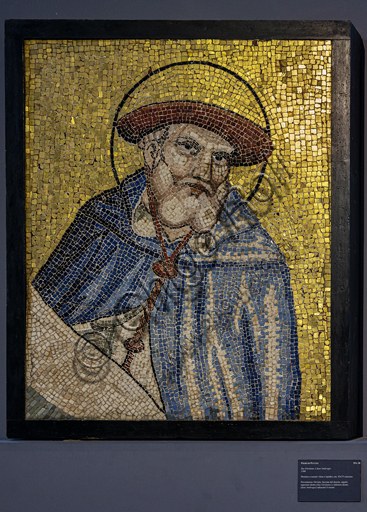
Orvieto, MODO (Museum of the Opera of the Duomo of Orvieto...
21406_4650.jpg
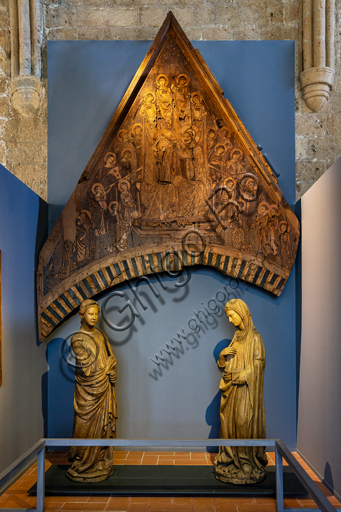
Orvieto, MODO (Museum of the Opera of the Duomo of Orvieto...
21406_4644.jpg
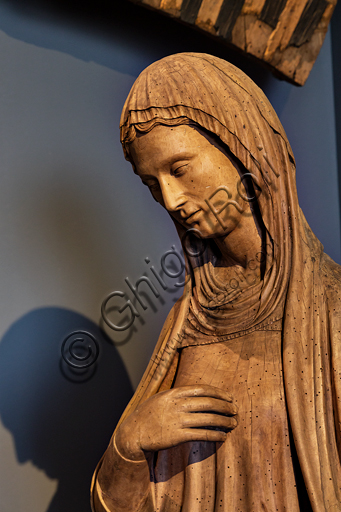
Orvieto, MODO (Museum of the Opera of the Duomo of Orvieto...
21406_4642.jpg
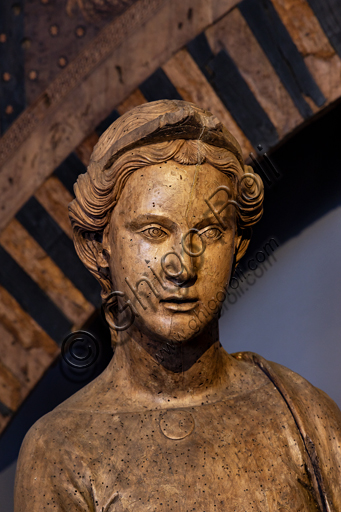
Orvieto, MODO (Museum of the Opera of the Duomo of Orvieto...
21406_4634.jpg
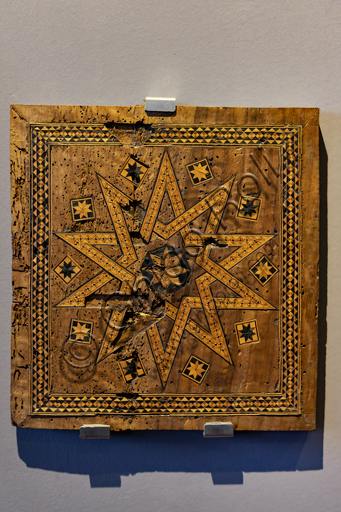
Orvieto, MODO (Museum of the Opera of the Duomo of Orvieto...
21406_4626.jpg
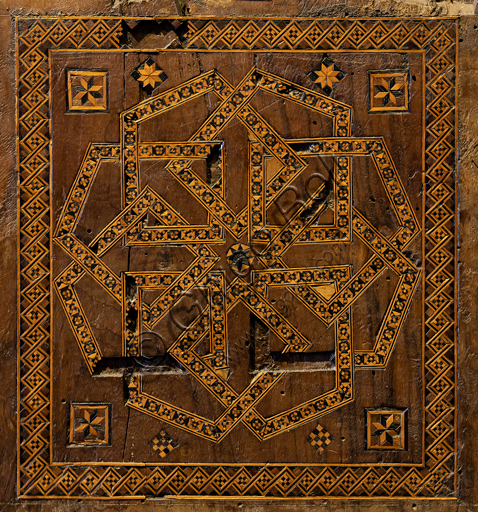
Orvieto, MODO (Museum of the Opera of the Duomo of Orvieto...
21406_4624.jpg
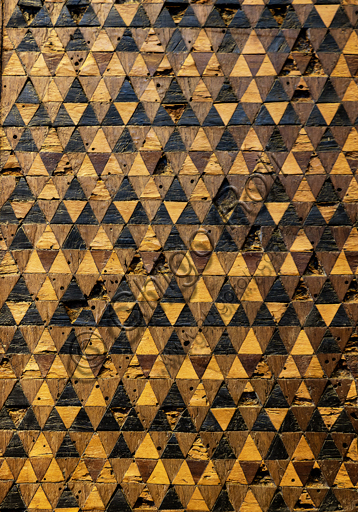
Orvieto, MODO (Museum of the Opera of the Duomo of Orvieto...
21406_4621.jpg
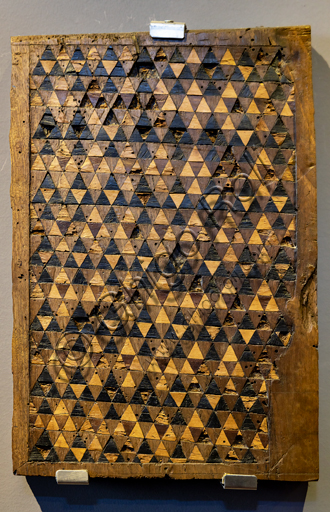
Orvieto, MODO (Museum of the Opera of the Duomo of Orvieto...
21406_4618.jpg
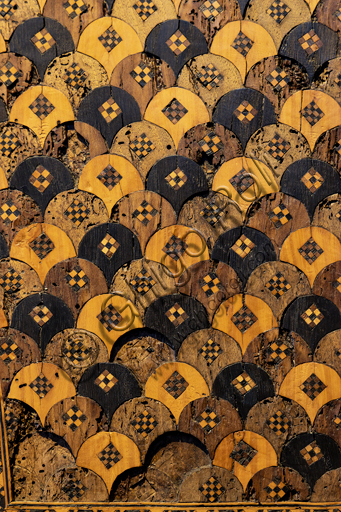
Orvieto, MODO (Museum of the Opera of the Duomo of Orvieto...
21406_4613.jpg
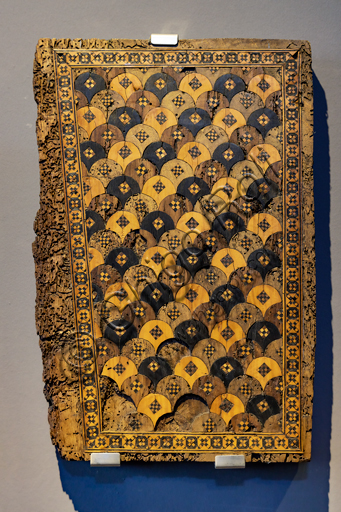
Orvieto, MODO (Museum of the Opera of the Duomo of Orvieto...
21406_4610.jpg
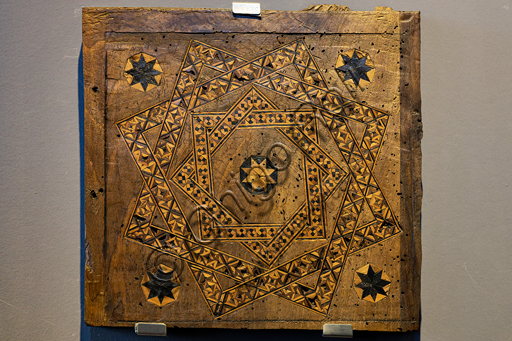
Orvieto, MODO (Museum of the Opera of the Duomo of Orvieto...
21406_4608.jpg
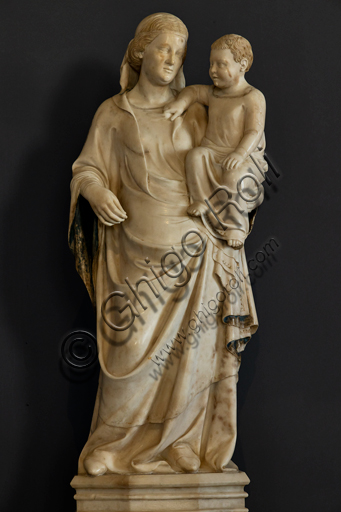
Orvieto, MODO (Museum of the Opera of the Duomo of Orvieto...
21406_4605.jpg
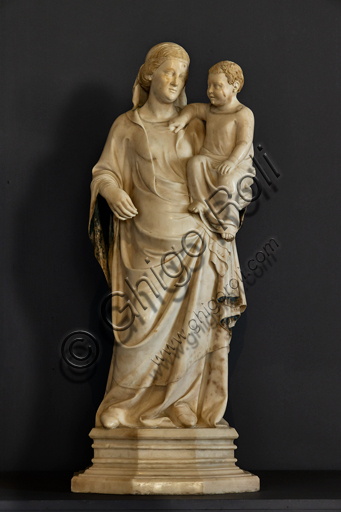
Orvieto, MODO (Museum of the Opera of the Duomo of Orvieto...
21406_4599.jpg
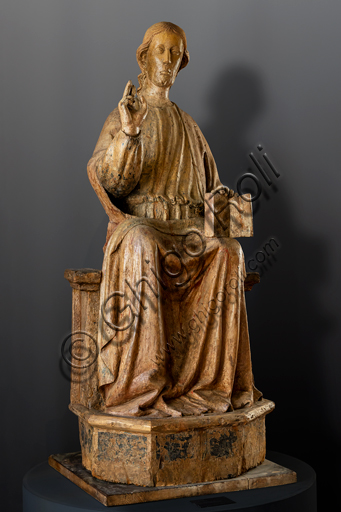
Orvieto, MODO (Museum of the Opera of the Duomo of Orvieto...
21406_4595.jpg
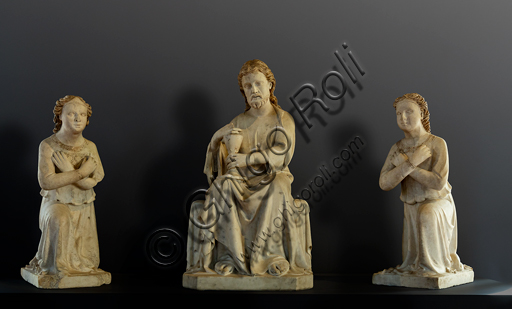
Orvieto, MODO (Museum of the Opera of the Duomo of Orvieto...
21406_4586.jpg
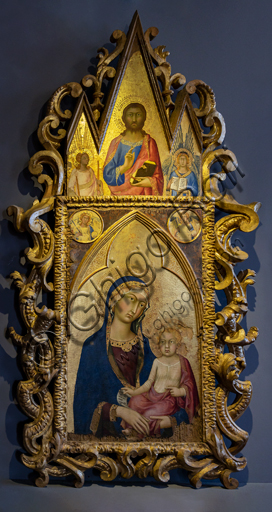
Orvieto, MODO (Museum of the Opera of the Duomo of Orvieto...
21406_4583.jpg
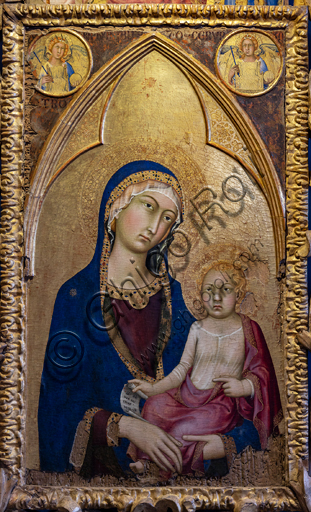
Orvieto, MODO (Museum of the Opera of the Duomo of Orvieto...
21406_4575.jpg
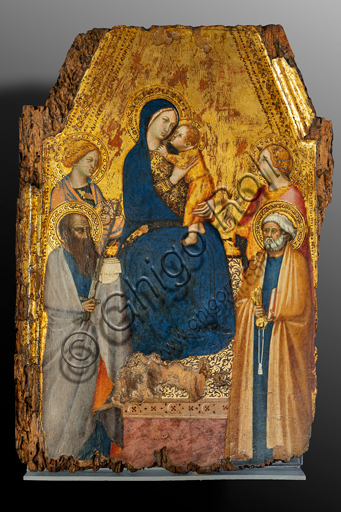
Orvieto, MODO (Museum of the Opera of the Duomo of Orvieto...
21406_4568.jpg
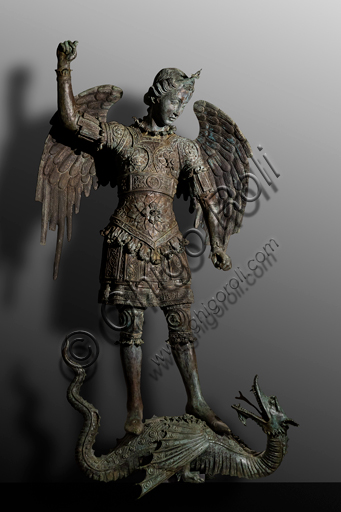
Orvieto, MODO (Museum of the Opera of the Duomo of Orvieto...
21406_4567.jpg
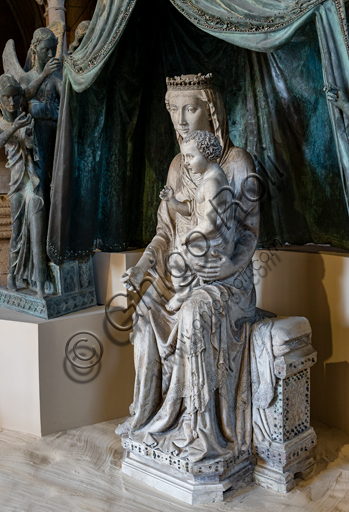
Orvieto, MODO (Museum of the Opera of the Duomo of Orvieto...
21406_4561.jpg
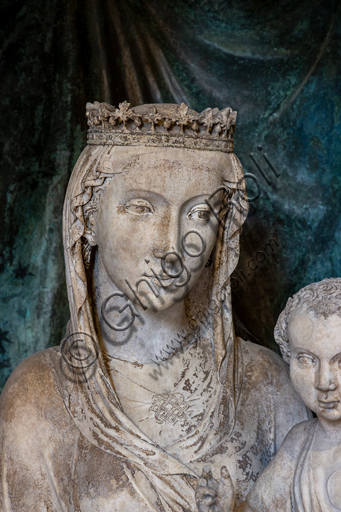
Orvieto, MODO (Museum of the Opera of the Duomo of Orvieto...
21406_4555.jpg
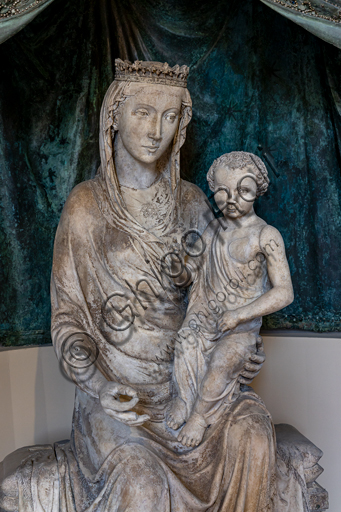
Orvieto, MODO (Museum of the Opera of the Duomo of Orvieto...
21406_4554.jpg
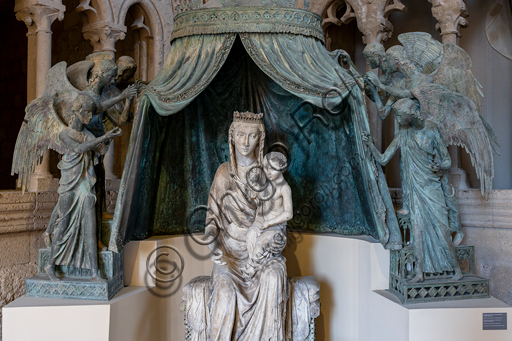
Orvieto, MODO (Museum of the Opera of the Duomo of Orvieto...
21406_4549.jpg
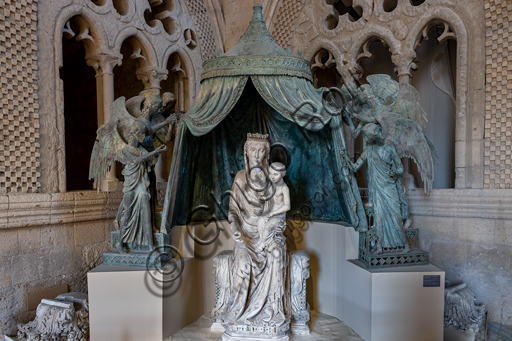
Orvieto, MODO (Museum of the Opera of the Duomo of Orvieto...
21406_4538-44.jpg
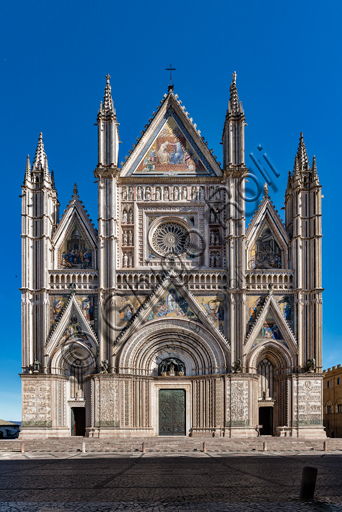
Orvieto, Basilica Cathedral of S. Maria Assunta (or Duomo):...
21406_4526.jpg
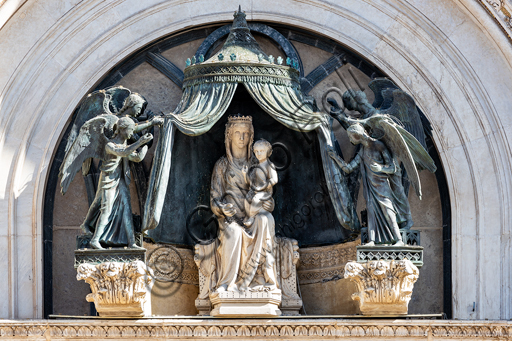
Orvieto, Basilica Cathedral of S. Maria Assunta (or Duomo),...
21406_4489-506.jpg
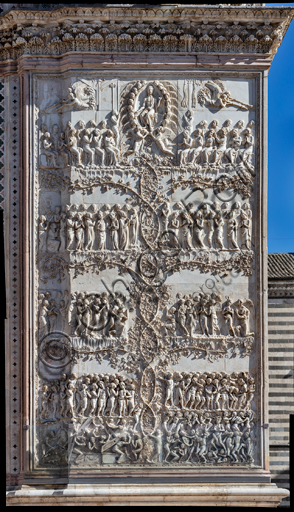
Orvieto, Basilica Cathedral of S. Maria Assunta (or Duomo):...
21406_4456-69.jpg
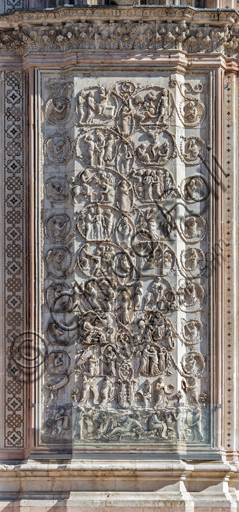
Orvieto, Basilica Cathedral of S. Maria Assunta (or Duomo):...
21406_4426-39.jpg
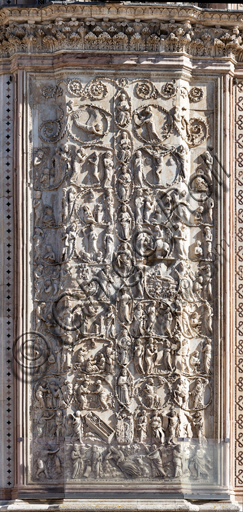
Orvieto, Basilica Cathedral of S. Maria Assunta (or Duomo):...
21406_4417-24.jpg
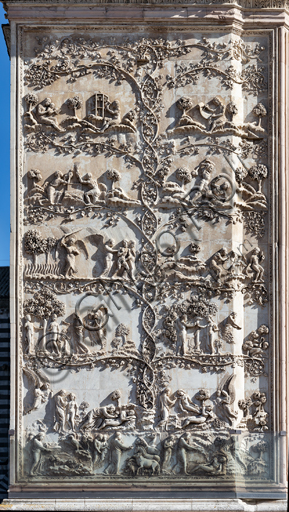
Orvieto, Basilica Cathedral of S. Maria Assunta (or Duomo):...
21406_4402.jpg
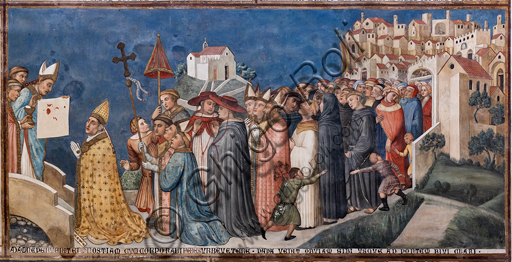
Orvieto, Basilica Cathedral of Santa Maria Assunta (or Duo...
21406_4401.jpg
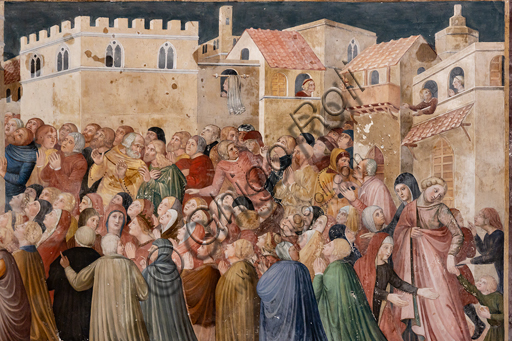
Orvieto, Basilica Cathedral of Santa Maria Assunta (or Duo...
21406_4397.jpg
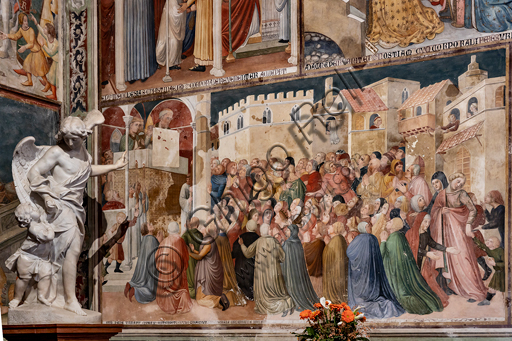
Orvieto, Basilica Cathedral of Santa Maria Assunta (or Duo...
21406_4396.jpg
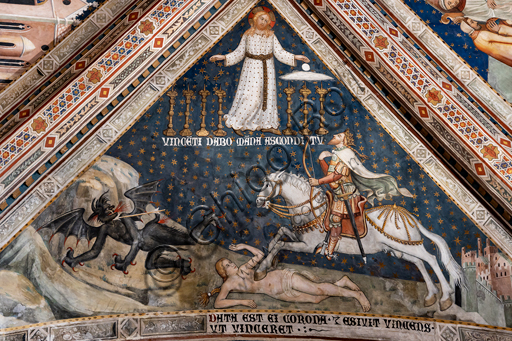
Orvieto, Basilica Cathedral of Santa Maria Assunta (or Duo...
21406_4390.jpg
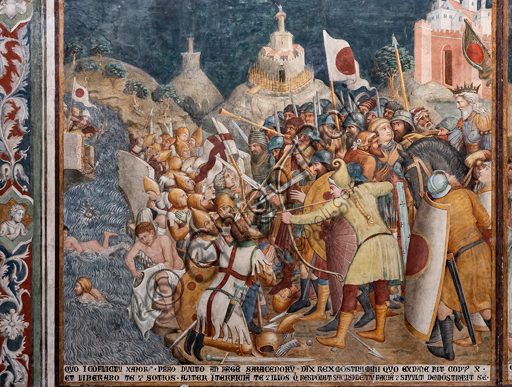
Orvieto, Basilica Cathedral of Santa Maria Assunta (or Duo...
21406_4387.jpg
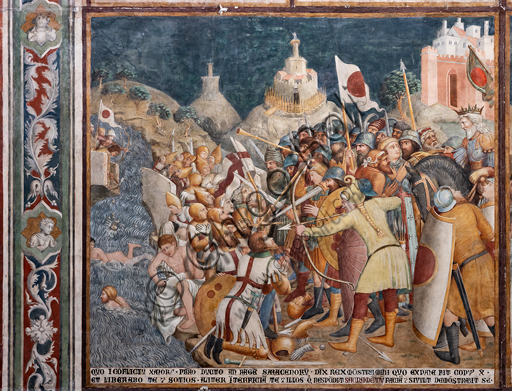
Orvieto, Basilica Cathedral of Santa Maria Assunta (or Duo...
21406_4386.jpg
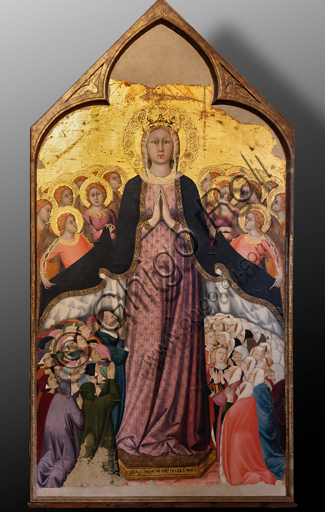
Orvieto, Basilica Cathedral of Santa Maria Assunta (or Duo...
21406_4383.jpg
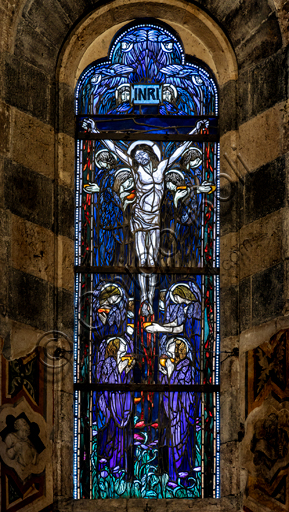
Orvieto, Basilica Cathedral of Santa Maria Assunta (or Duo...
21406_4378.jpg
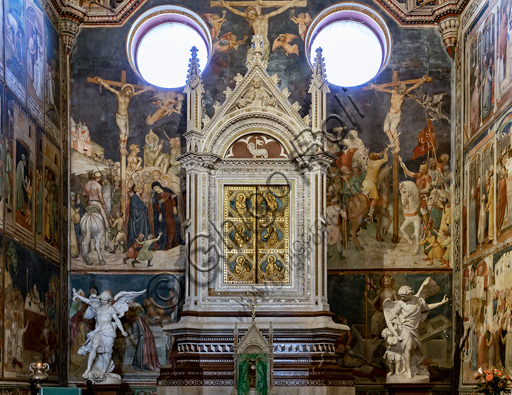
Orvieto, Basilica Cathedral of Santa Maria Assunta (or Duo...
21406_4377.jpg
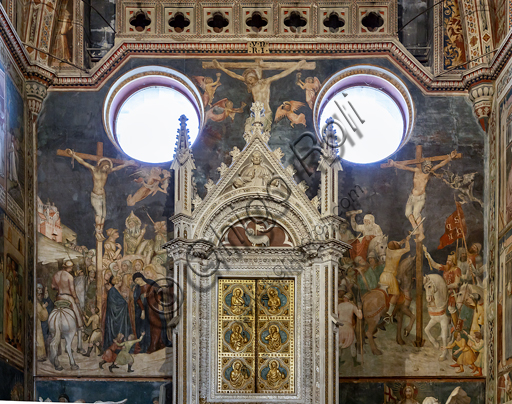
Orvieto, Basilica Cathedral of Santa Maria Assunta (or Duo...
21406_4373.jpg
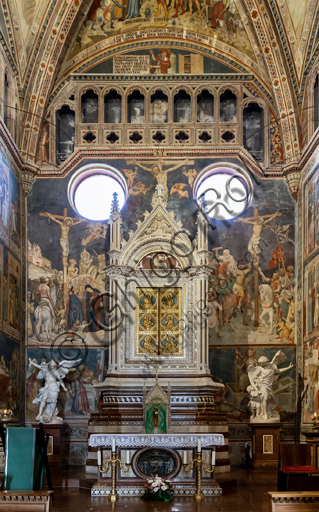
Orvieto, Basilica Cathedral of Santa Maria Assunta (or Duo...
21406_4368.jpg
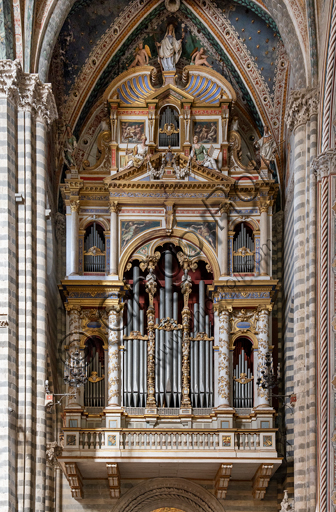
Orvieto, Basilica Cathedral of Santa Maria Assunta (or Duo...
21406_4366.jpg
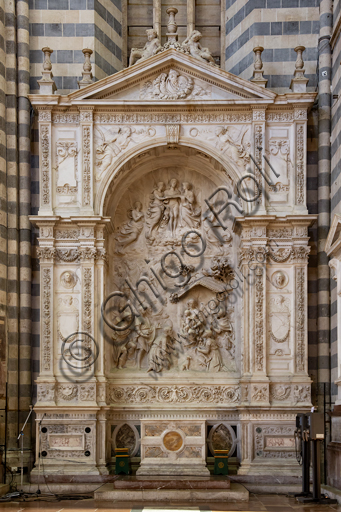
Orvieto, Basilica Cathedral of Santa Maria Assunta (or Duo...
21406_4243.jpg
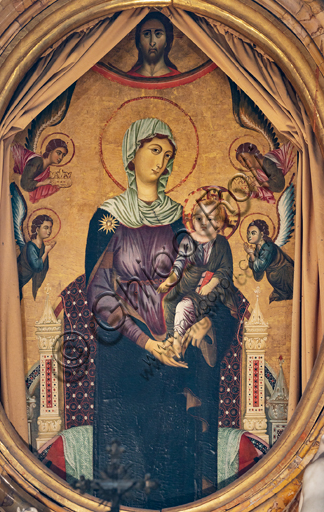
Orvieto, Basilica Cathedral of Santa Maria Assunta (or Duo...
21406_4242.jpg
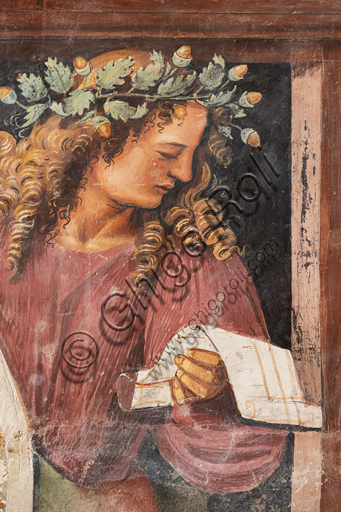
Orvieto, Basilica Cathedral of Santa Maria Assunta (or Duo...
21406_4241.jpg
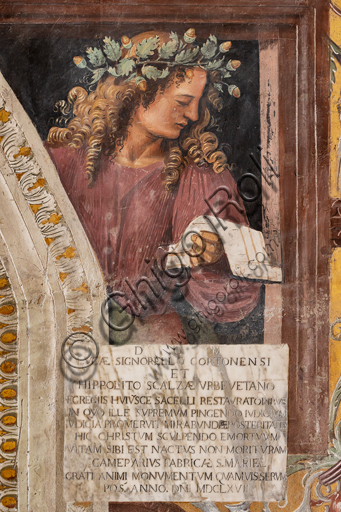
Orvieto, Basilica Cathedral of Santa Maria Assunta (or Duo...
21406_4240.jpg
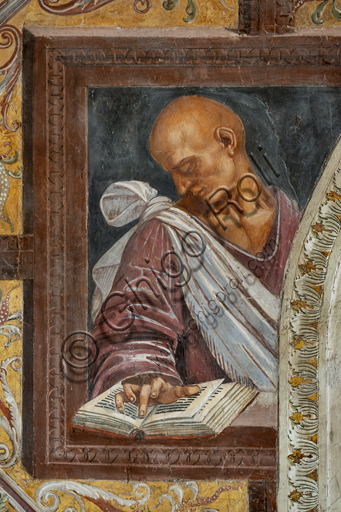
Orvieto:
21406_4239.jpg
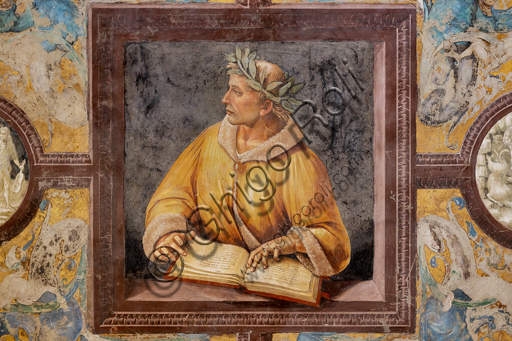
Orvieto, Basilica Cathedral of Santa Maria Assunta (or Duo...
21406_4238.jpg
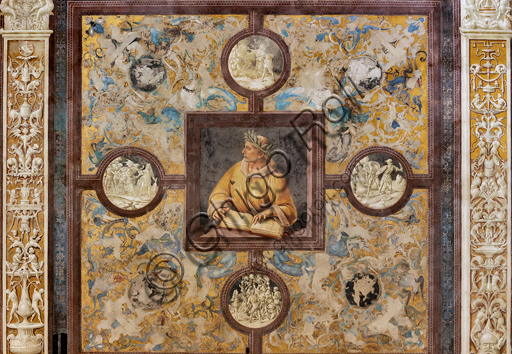
Orvieto, Basilica Cathedral of Santa Maria Assunta (or Duo...
21406_4237.jpg
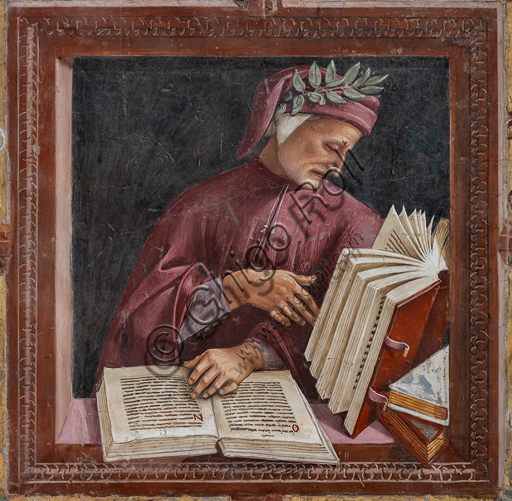
Orvieto, Basilica Cathedral of Santa Maria Assunta (or Duo...
21406_4236.jpg
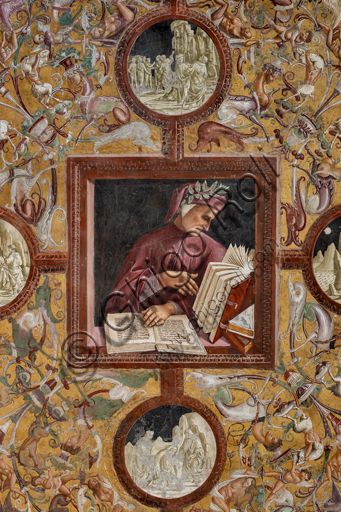
Orvieto, Basilica Cathedral of Santa Maria Assunta (or Duo...
21406_4234.jpg
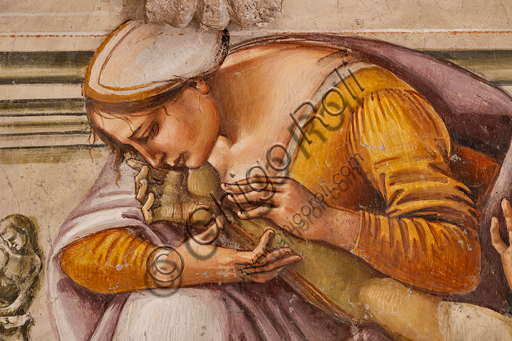
Orvieto, Basilica Cathedral of Santa Maria Assunta (or Duo...
21406_4233.jpg
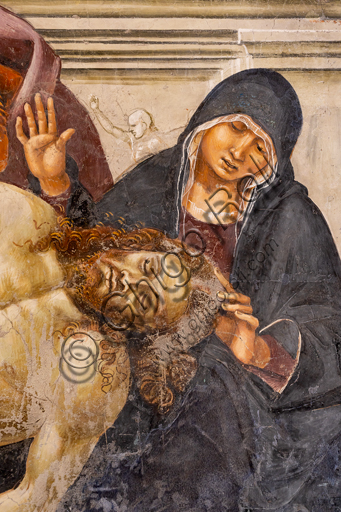
Orvieto, Basilica Cathedral of Santa Maria Assunta (or Duo...
21406_4232.jpg
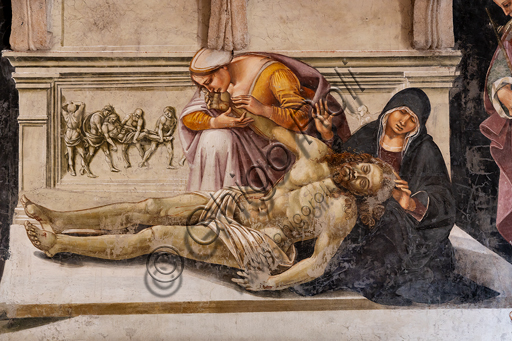
Orvieto, Basilica Cathedral of Santa Maria Assunta (or Duo...
21406_4231.jpg
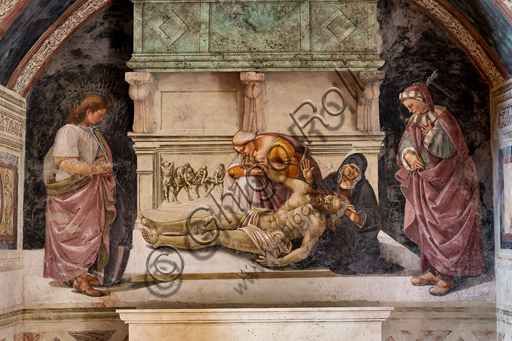
Orvieto, Basilica Cathedral of Santa Maria Assunta (or Duo...
21406_4230.jpg
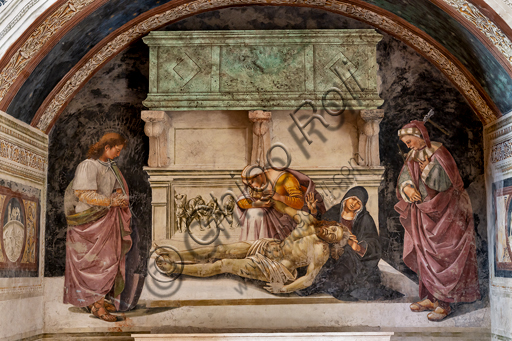
Orvieto, Basilica Cathedral of Santa Maria Assunta (or Duo...
21406_4229.jpg
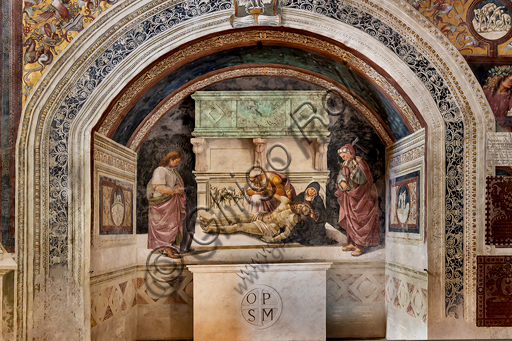
Orvieto, Basilica Cathedral of Santa Maria Assunta (or Duo...
21406_4228.jpg
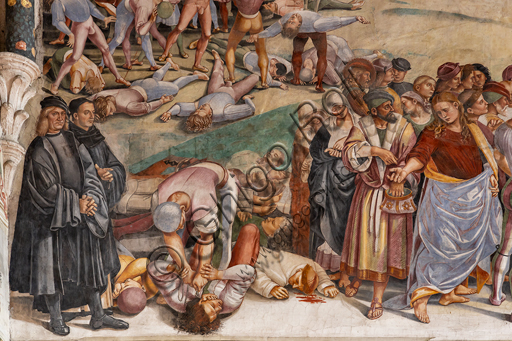
Orvieto, Basilica Cathedral of Santa Maria Assunta (or Duo...
21406_4227.jpg
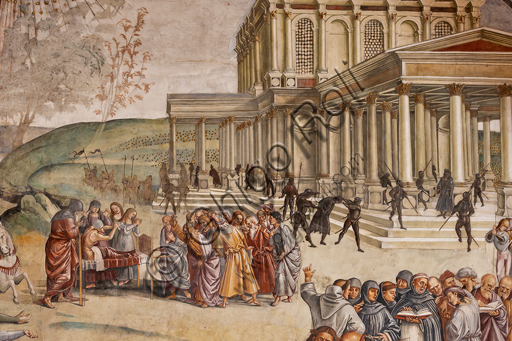
Orvieto, Basilica Cathedral of Santa Maria Assunta (or Duo...
21406_4226.jpg
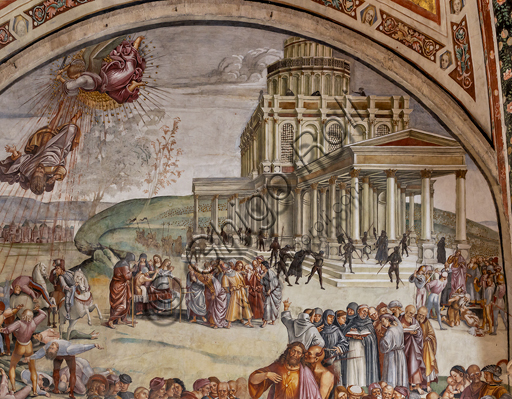
Orvieto, Basilica Cathedral of Santa Maria Assunta (or Duo...
21406_4225.jpg
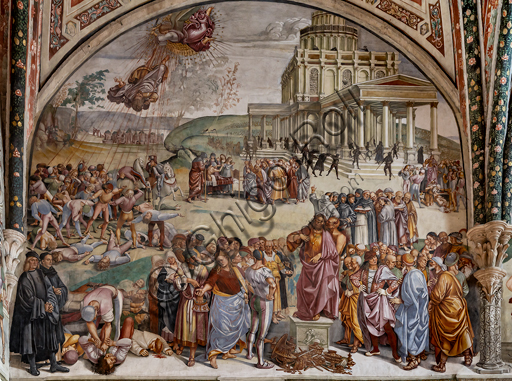
Orvieto, Basilica Cathedral of Santa Maria Assunta (or Duo...
21406_4224.jpg
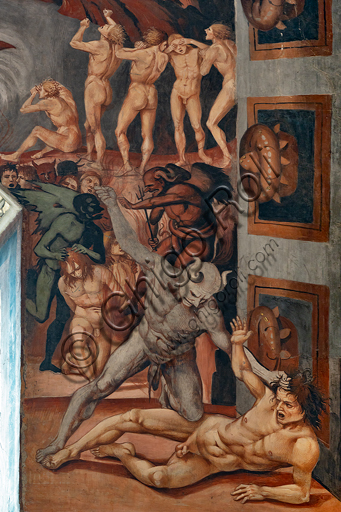
Orvieto, Basilica Cathedral of Santa Maria Assunta (or Duo...
21406_4222.jpg
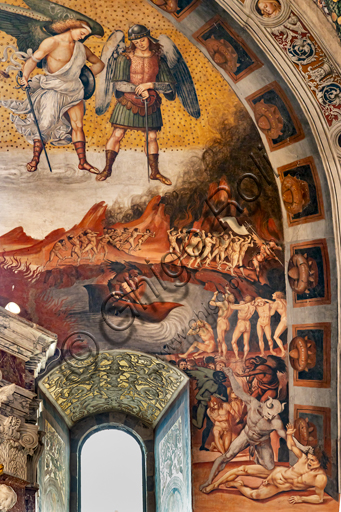
Orvieto, Basilica Cathedral of Santa Maria Assunta (or Duo...
21406_4220.jpg
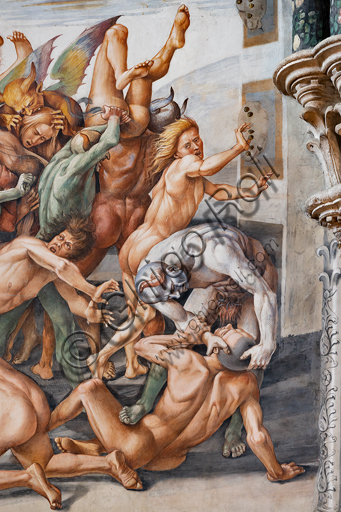
Orvieto, Basilica Cathedral of Santa Maria Assunta (or Duo...
21406_4219.jpg
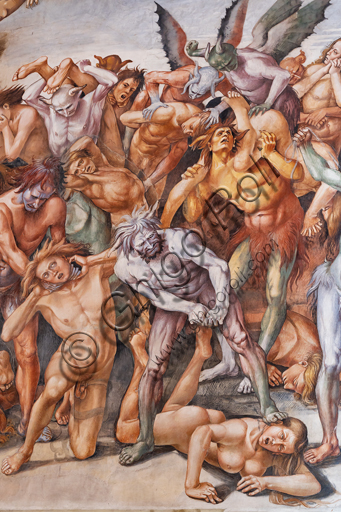
Orvieto, Basilica Cathedral of Santa Maria Assunta (or Duo...
21406_4218.jpg
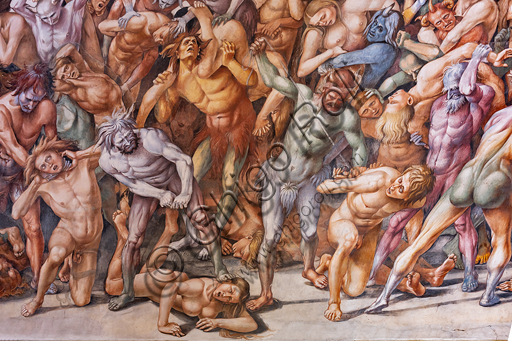
Orvieto, Basilica Cathedral of Santa Maria Assunta (or Duo...
21406_4217.jpg
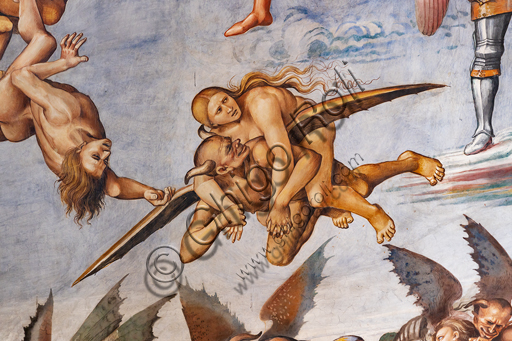
Orvieto, Basilica Cathedral of Santa Maria Assunta (or Duo...
21406_4216.jpg
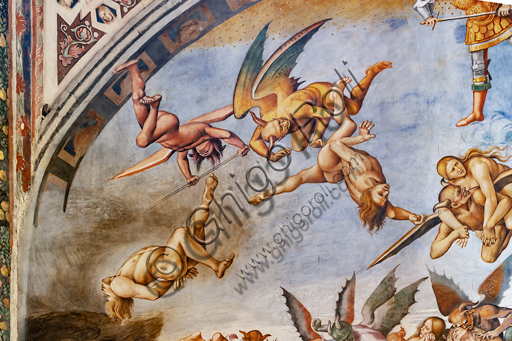
Orvieto, Basilica Cathedral of Santa Maria Assunta (or Duo...
21406_4215.jpg
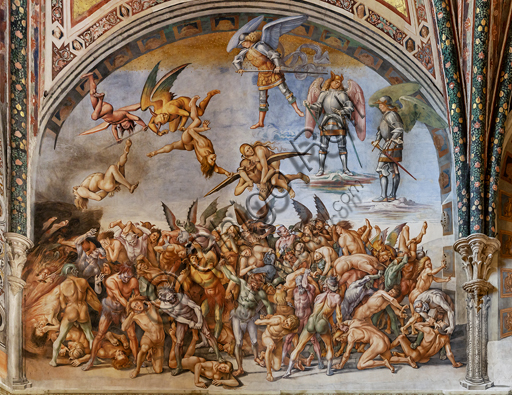
Orvieto, Basilica Cathedral of Santa Maria Assunta (or Duo...
21406_4214.jpg
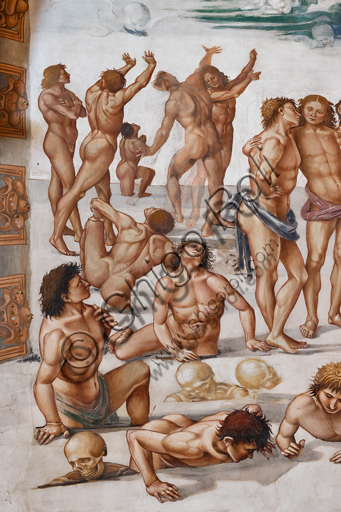
Orvieto, Basilica Cathedral of Santa Maria Assunta (or Duo...
21406_4213.jpg
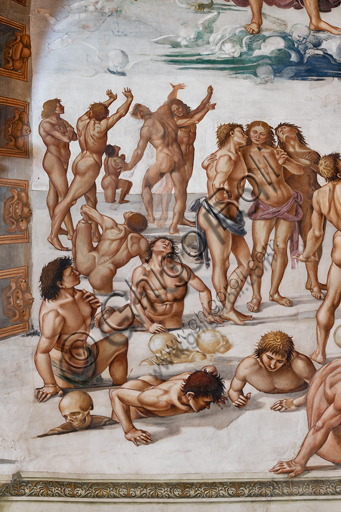
Orvieto, Basilica Cathedral of Santa Maria Assunta (or Duo...
21406_4212.jpg
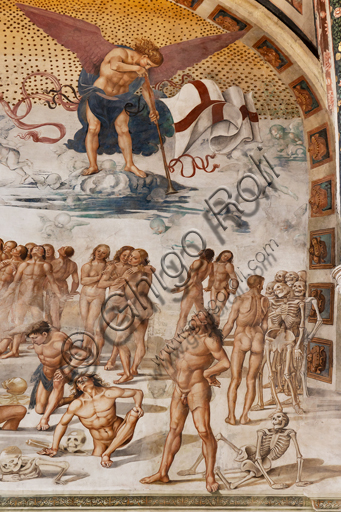
Orvieto, Basilica Cathedral of Santa Maria Assunta (or Duo...
21406_4211.jpg
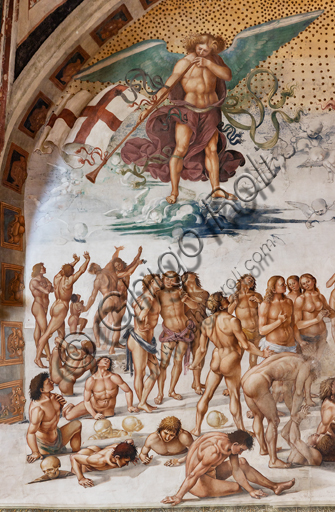
Orvieto, Basilica Cathedral of Santa Maria Assunta (or Duo...
21406_4210.jpg
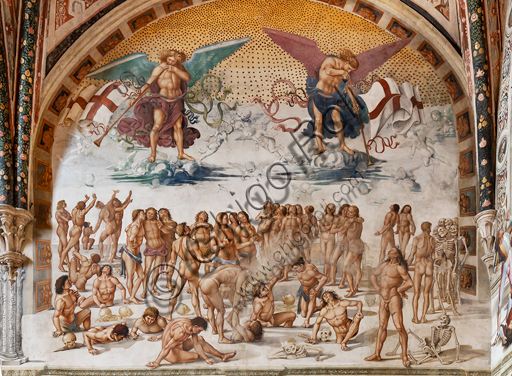
Orvieto, Basilica Cathedral of Santa Maria Assunta (or Duo...
21406_4209.jpg
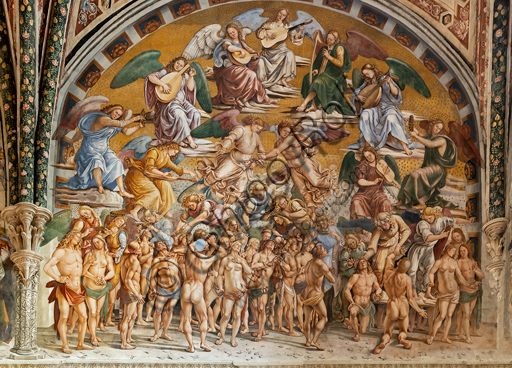
Orvieto, Basilica Cathedral of Santa Maria Assunta (or Duo...
21406_4208.jpg
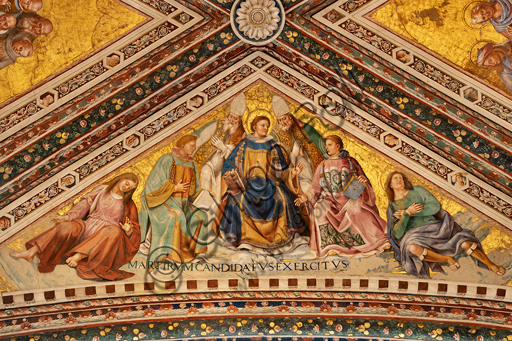
Orvieto, Basilica Cathedral of Santa Maria Assunta (or Duo...
21406_4207.jpg
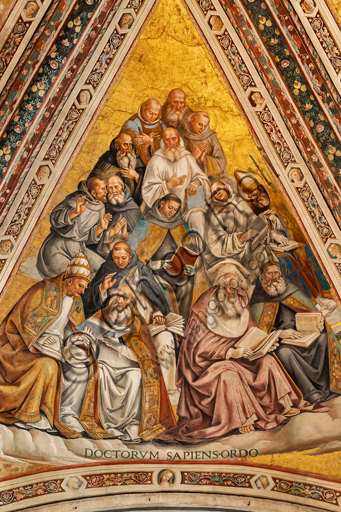
Orvieto, Basilica Cathedral of Santa Maria Assunta (or Duo...
21406_4206.jpg
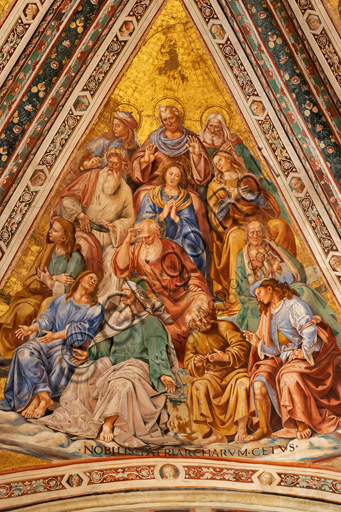
Orvieto, Basilica Cathedral of Santa Maria Assunta (or Duo...
21406_4205.jpg
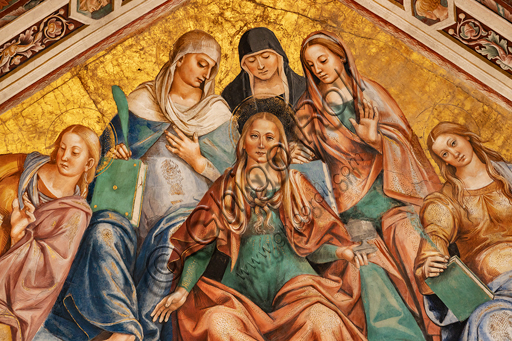
Orvieto, Basilica Cathedral of Santa Maria Assunta (or Duo...
21406_4204.jpg
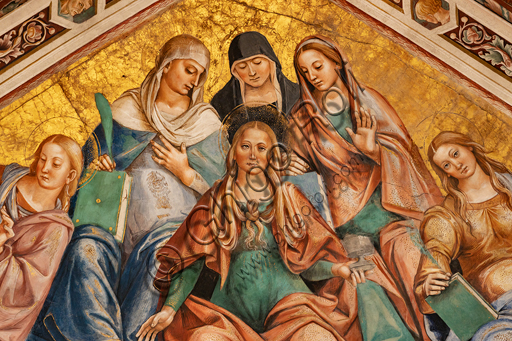
Orvieto, Basilica Cathedral of Santa Maria Assunta (or Duo...
21406_4203.jpg
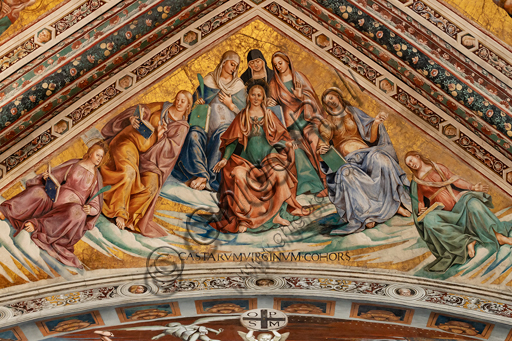
Orvieto, Basilica Cathedral of Santa Maria Assunta (or Duo...
21406_4202.jpg
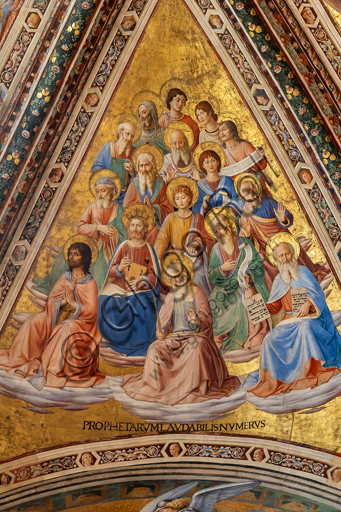
Orvieto, Basilica Cathedral of Santa Maria Assunta (or Duo...
21406_4201.jpg
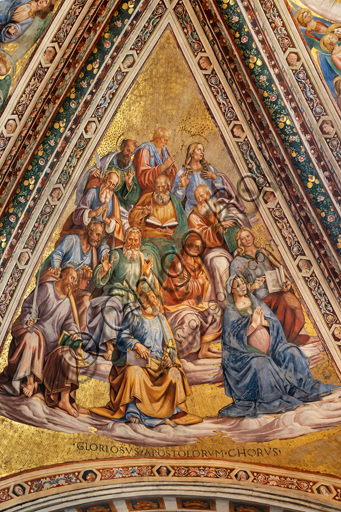
Orvieto, Basilica Cathedral of Santa Maria Assunta (or Duo...
21406_4200.jpg
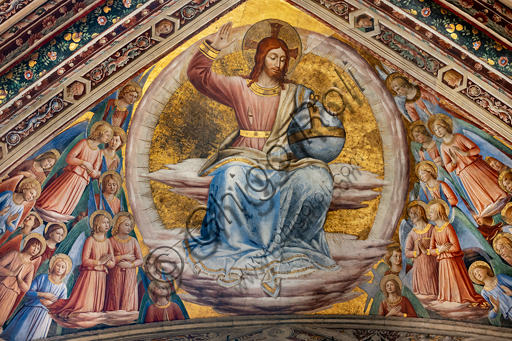
Orvieto, Basilica Cathedral of Santa Maria Assunta (or Duo...
21406_4194.jpg
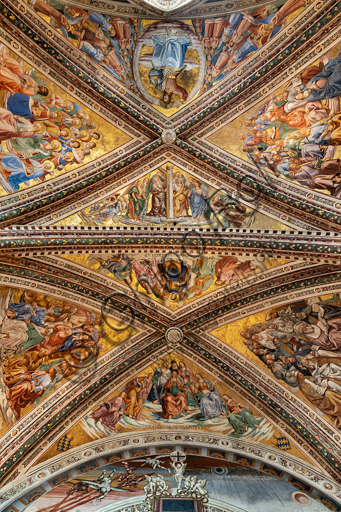
Orvieto, Basilica Cathedral of Santa Maria Assunta (or Duo...
21406_4192.jpg
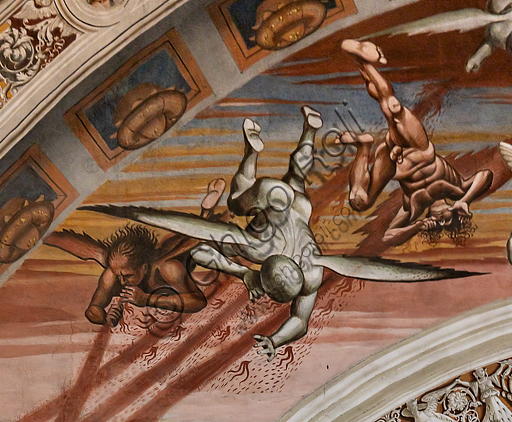
Orvieto, Basilica Cathedral of Santa Maria Assunta (or Duo...
21406_4191.jpg
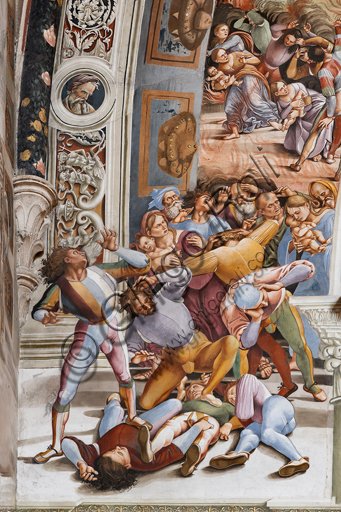
Orvieto, Basilica Cathedral of Santa Maria Assunta (or Duo...
21406_4190.jpg
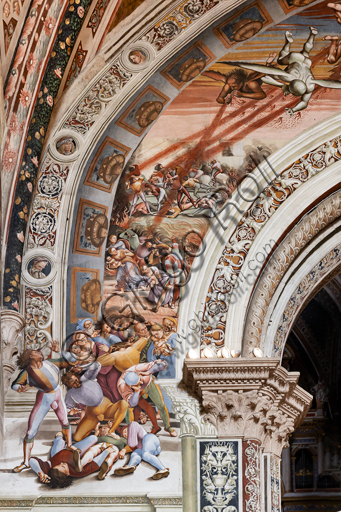
Orvieto, Basilica Cathedral of Santa Maria Assunta (or Duo...
21406_4189.jpg
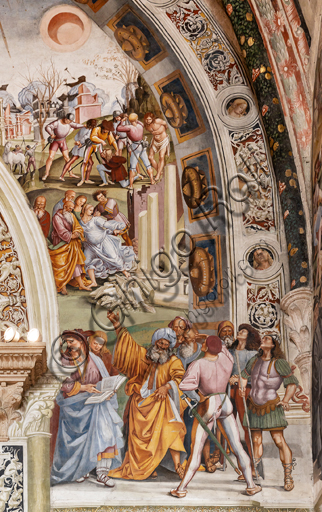
Orvieto, Basilica Cathedral of Santa Maria Assunta (or Duo...
21406_4184.jpg
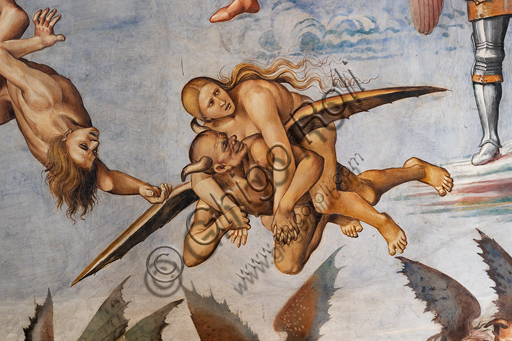
Orvieto, Basilica Cathedral of Santa Maria Assunta (or Duo...
21406_4178.jpg
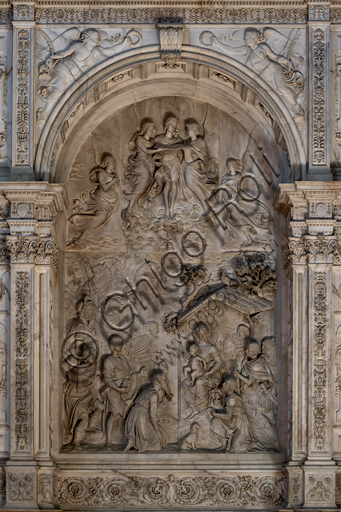
Orvieto, Basilica Cathedral of Santa Maria Assunta (or Duo...
21406_4133.jpg
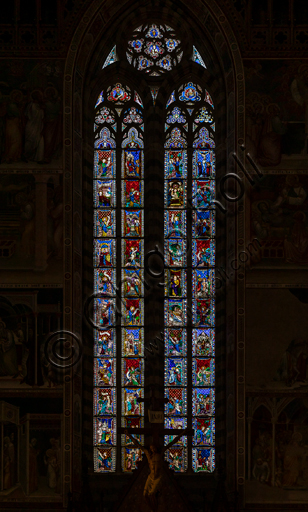
Orvieto, Basilica Cathedral of Santa Maria Assunta (or Duo...
21406_4131.jpg
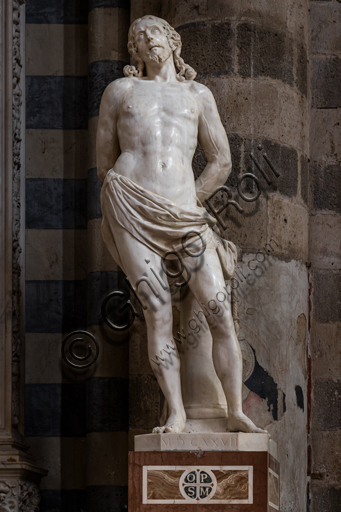
Orvieto, Basilica Cathedral of Santa Maria Assunta (or Duo...
21406_4129.jpg
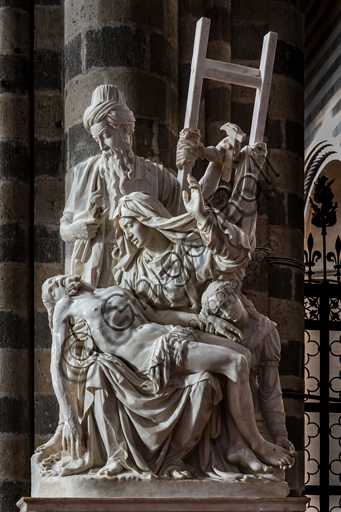
Orvieto, Basilica Cathedral of Santa Maria Assunta (or Duo...
21406_4120.jpg
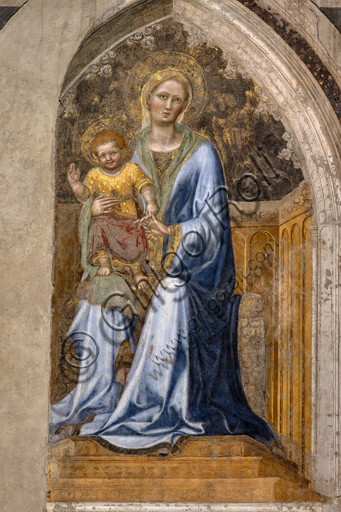
Orvieto, Basilica Cathedral of Santa Maria Assunta (or Duo...
21406_4113.jpg
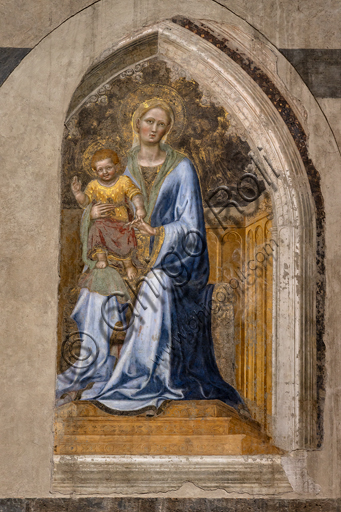
Orvieto, Basilica Cathedral of Santa Maria Assunta (or Duo...
21406_4104.jpg
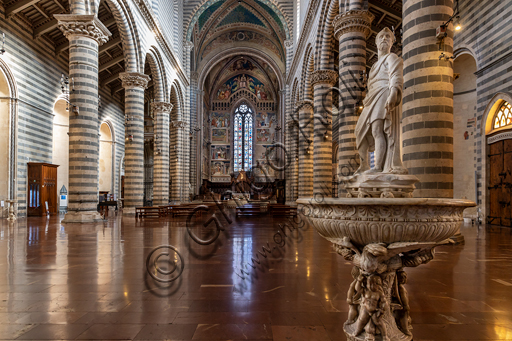
Orvieto, Basilica Cathedral of Santa Maria Assunta (or Duo...